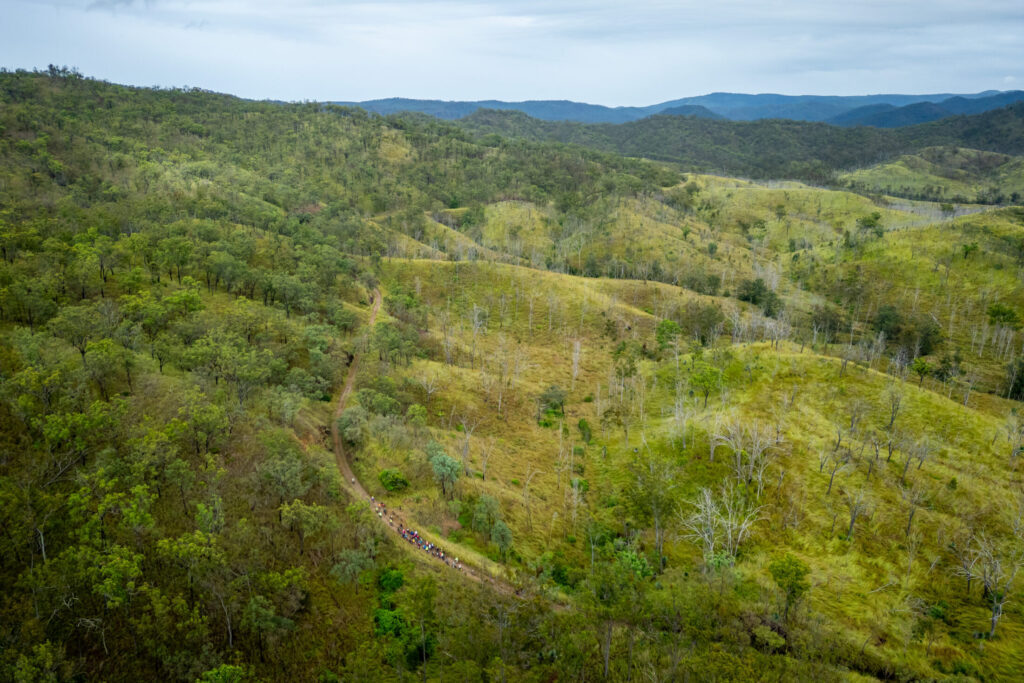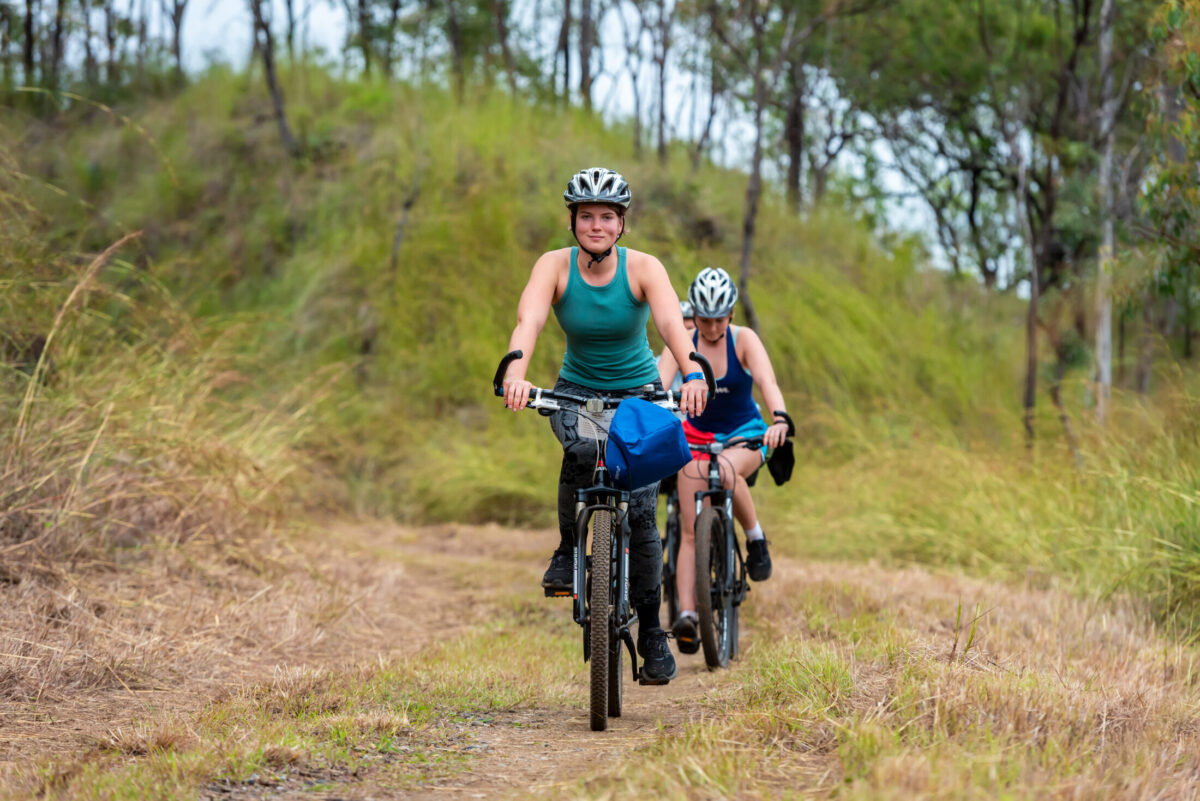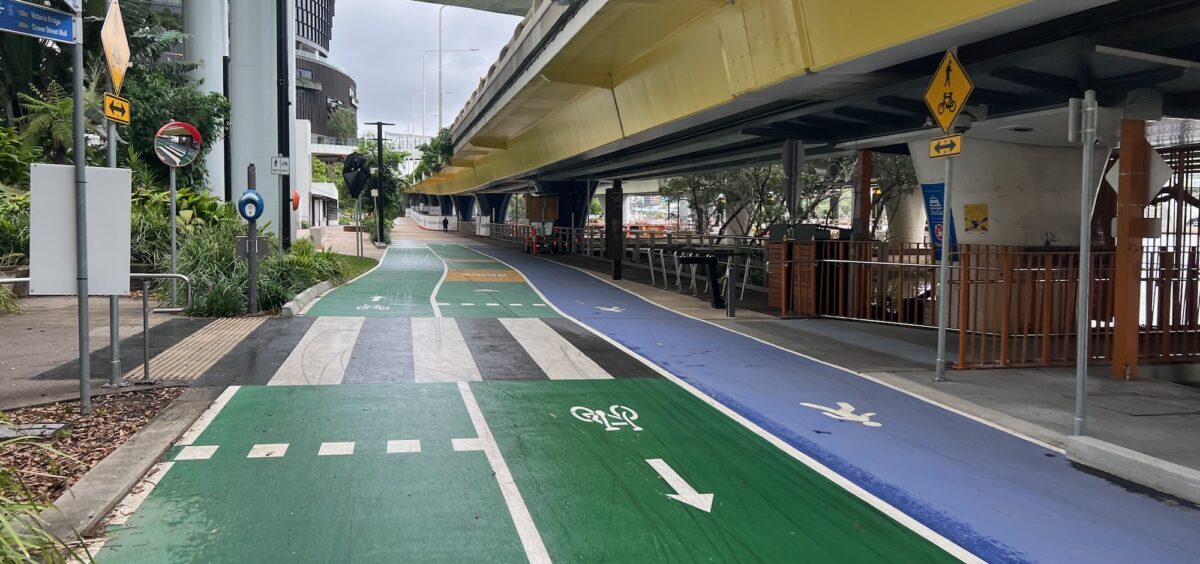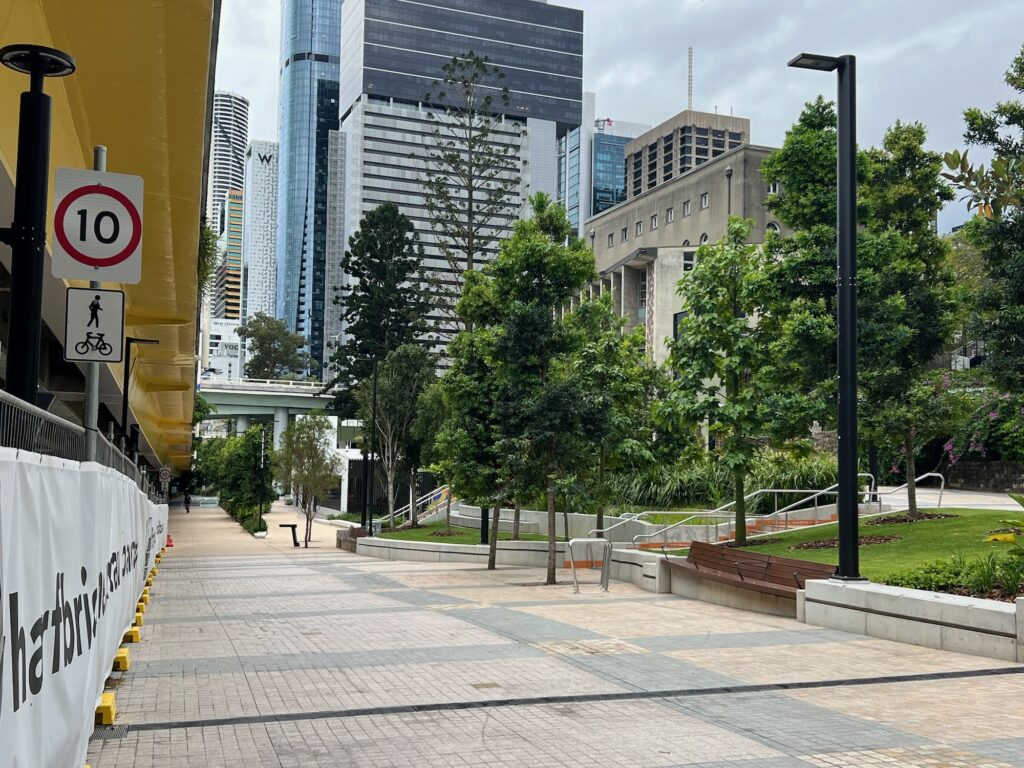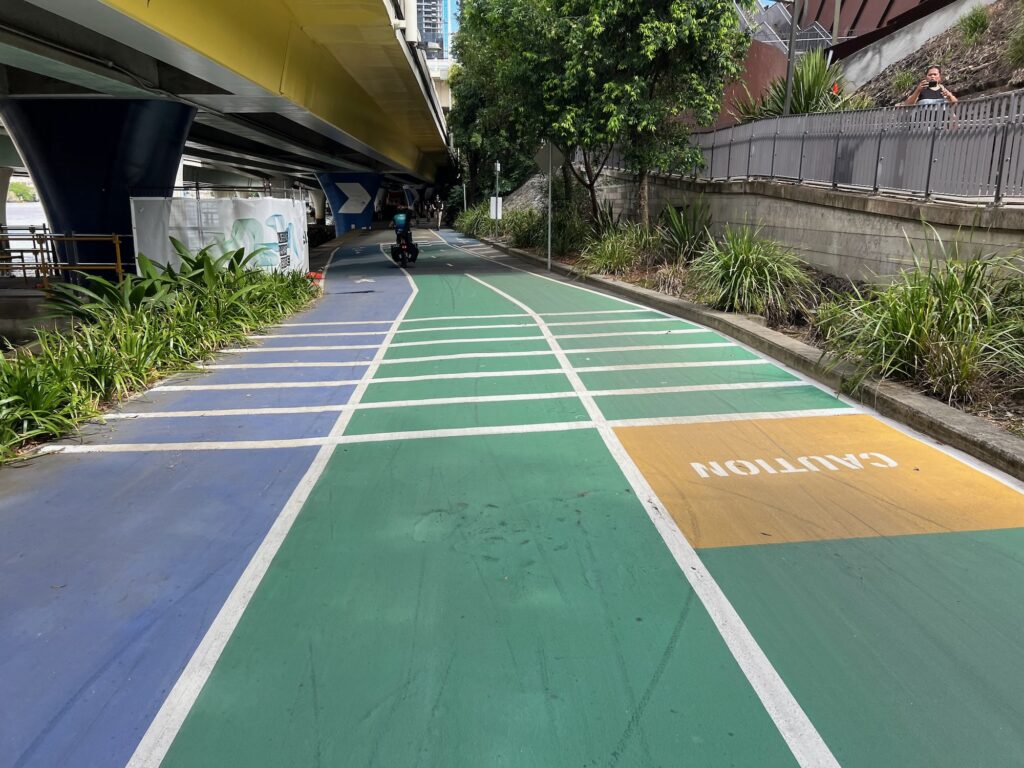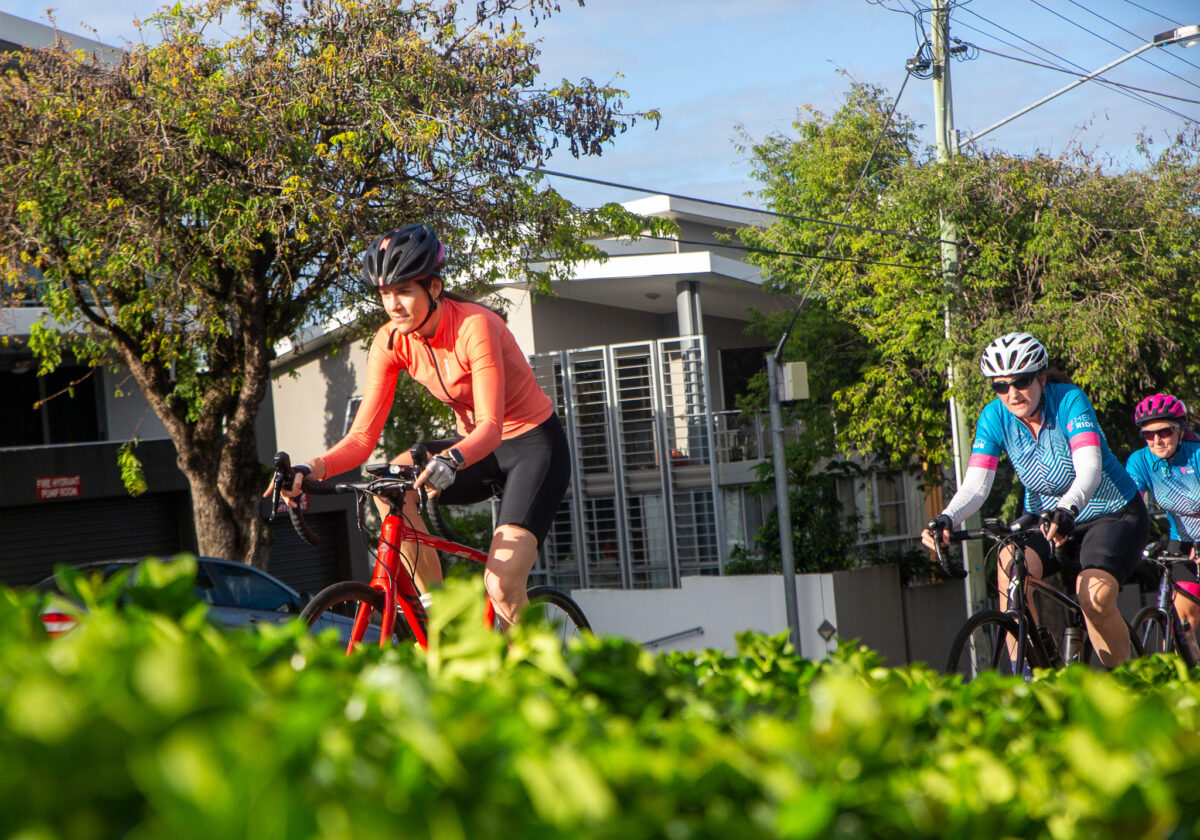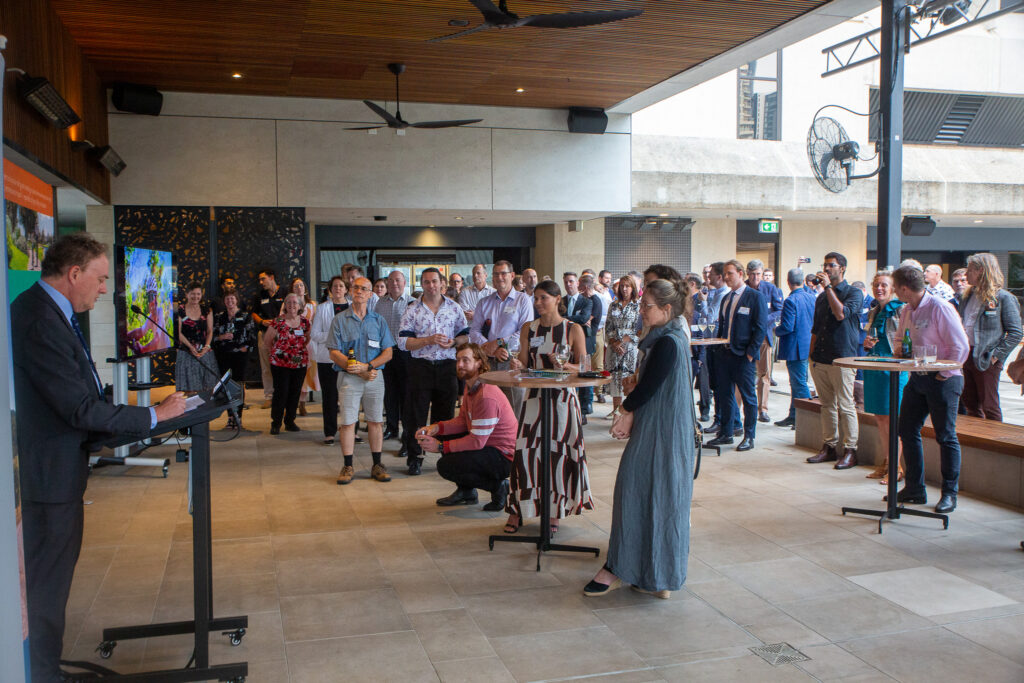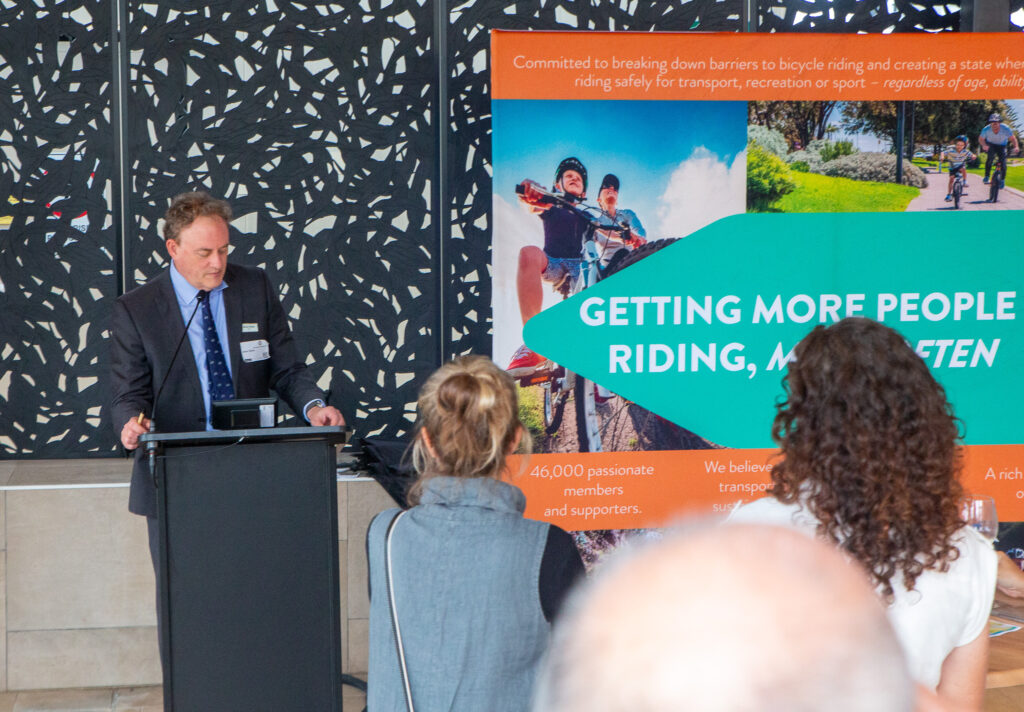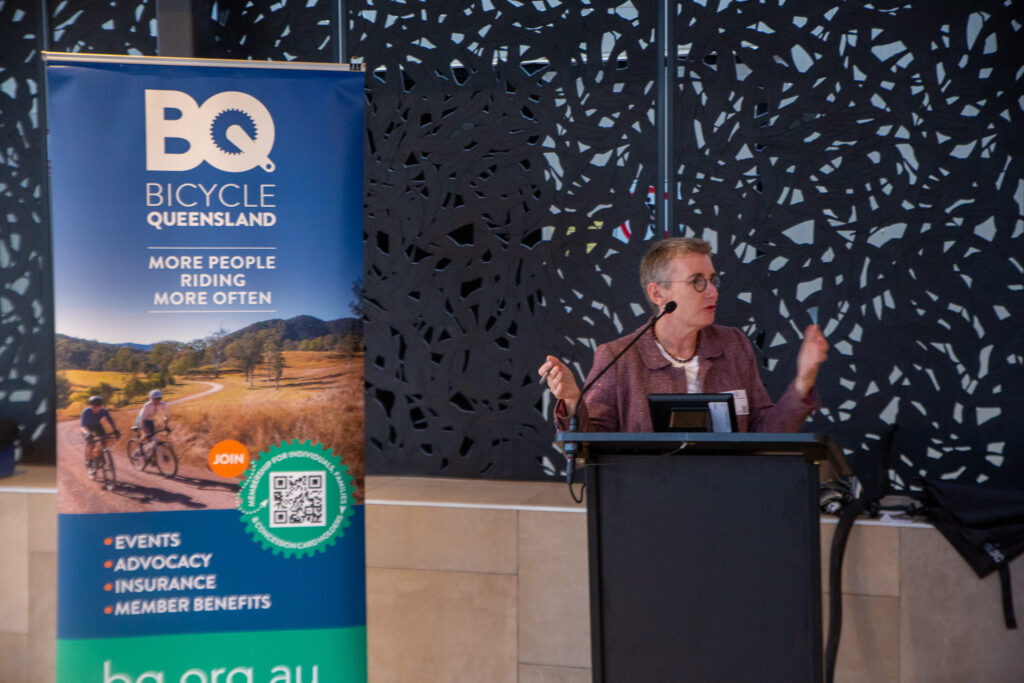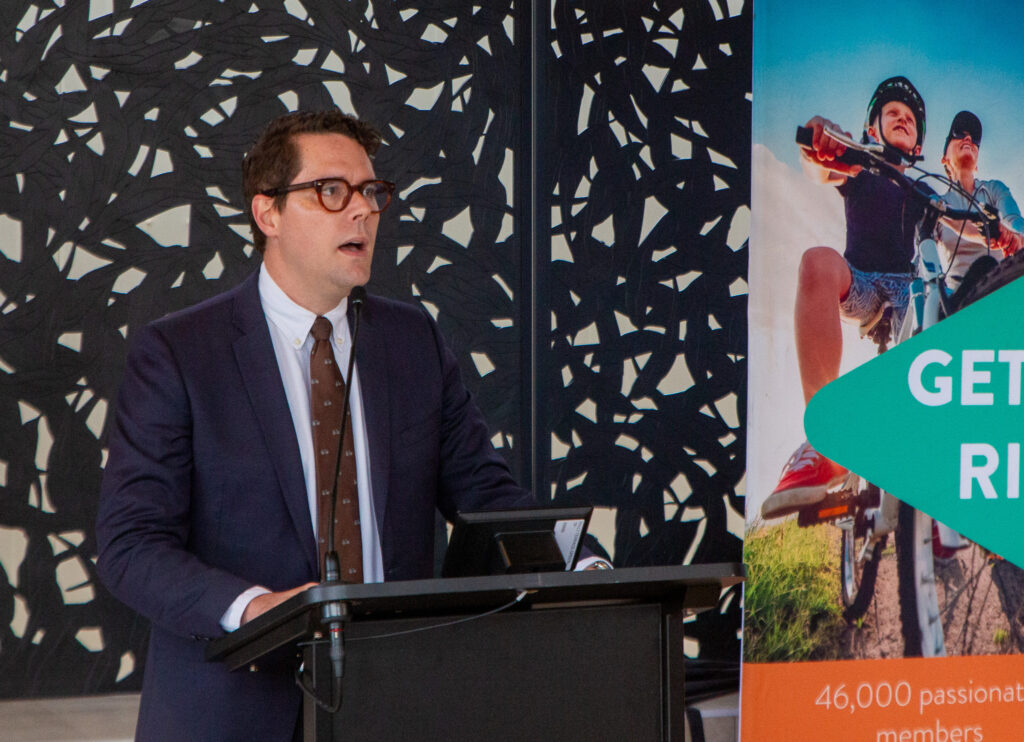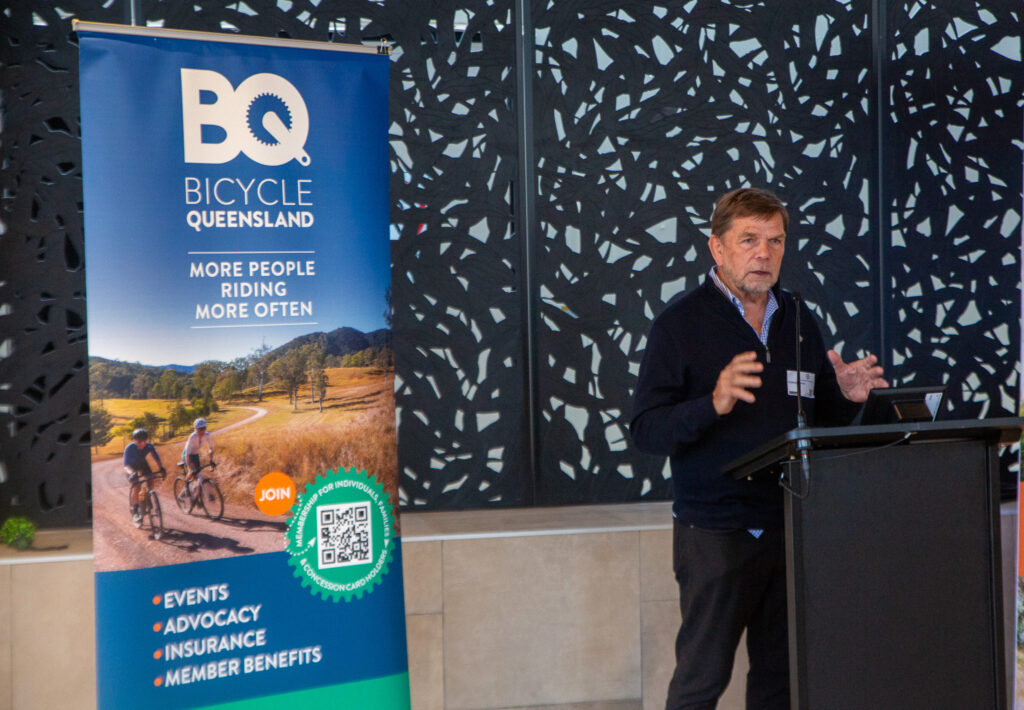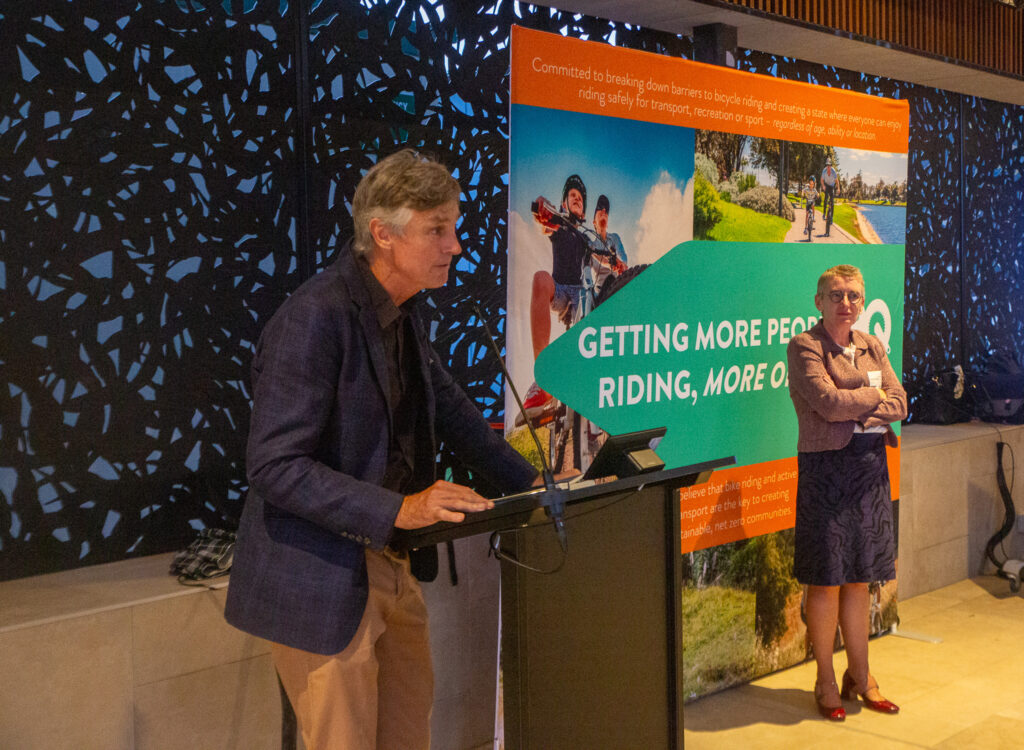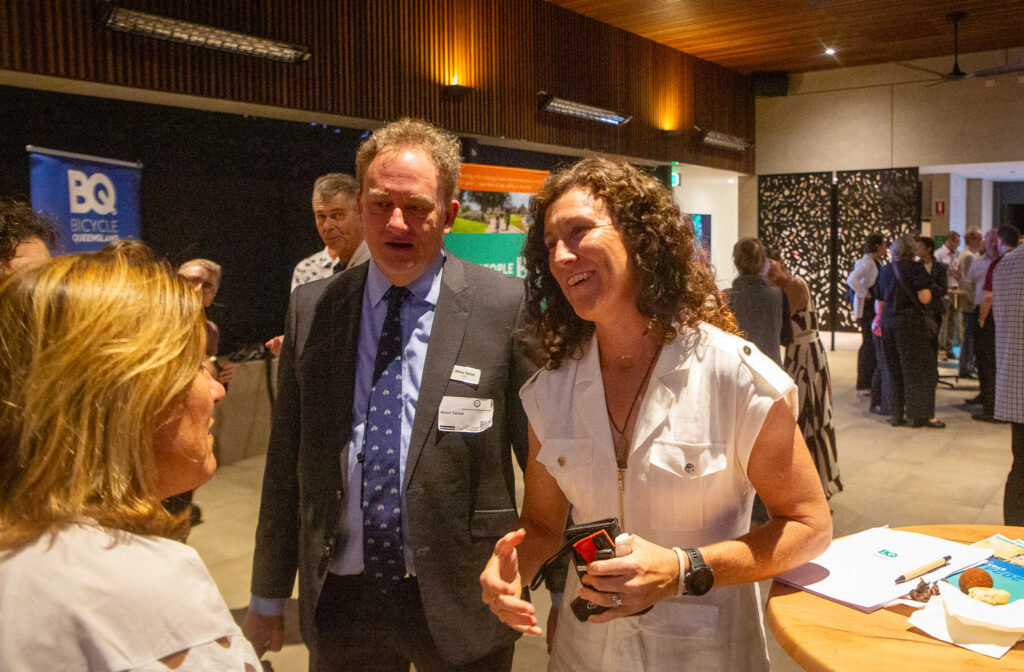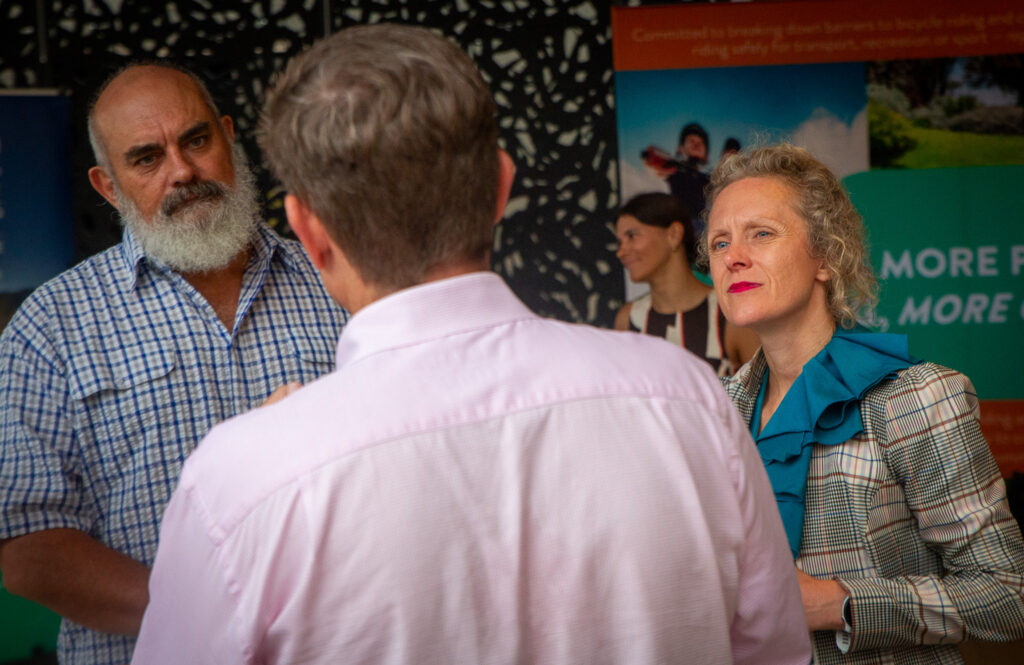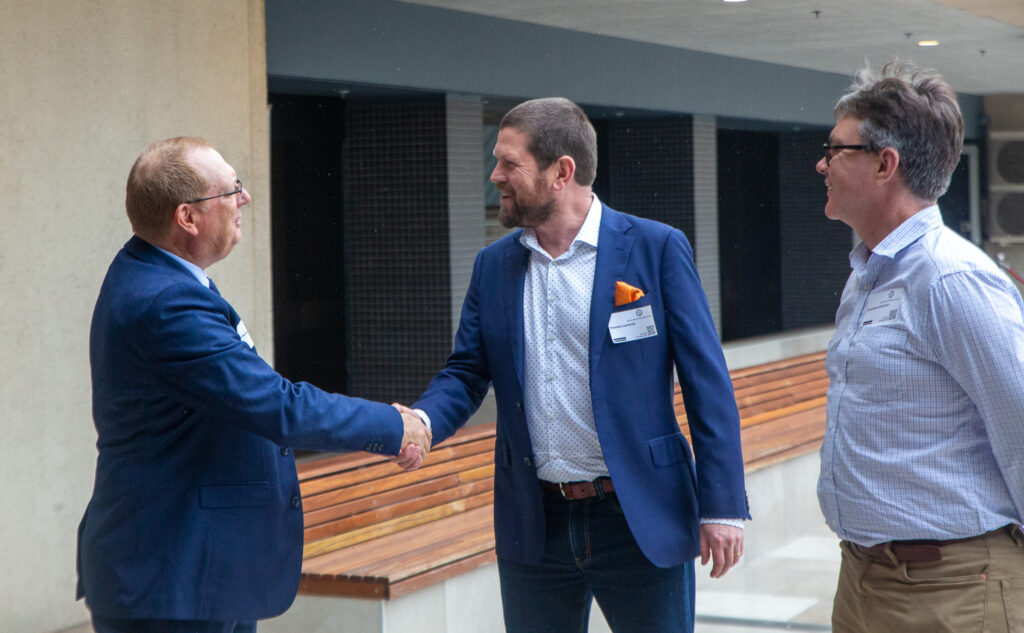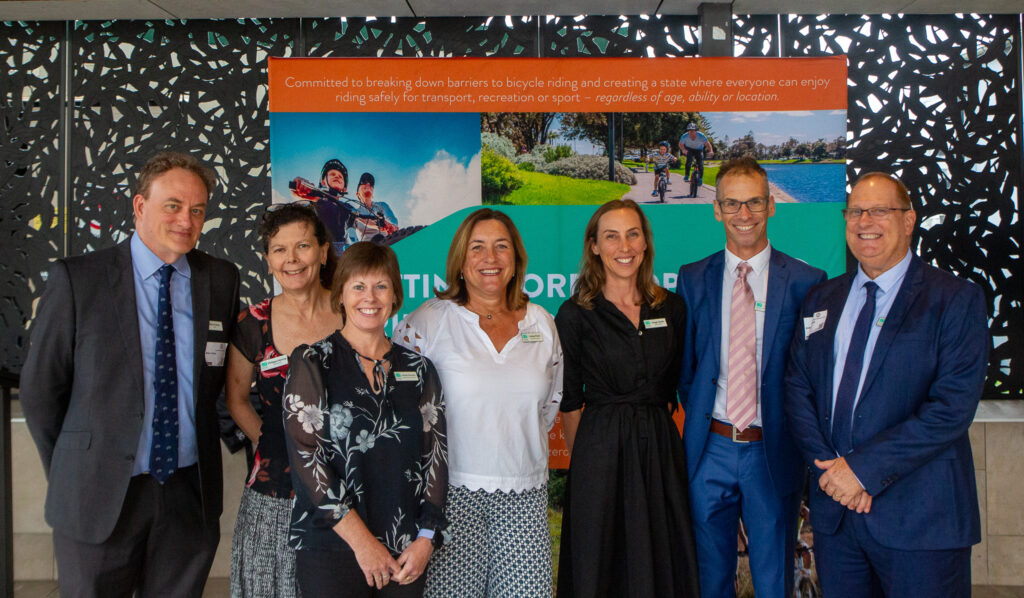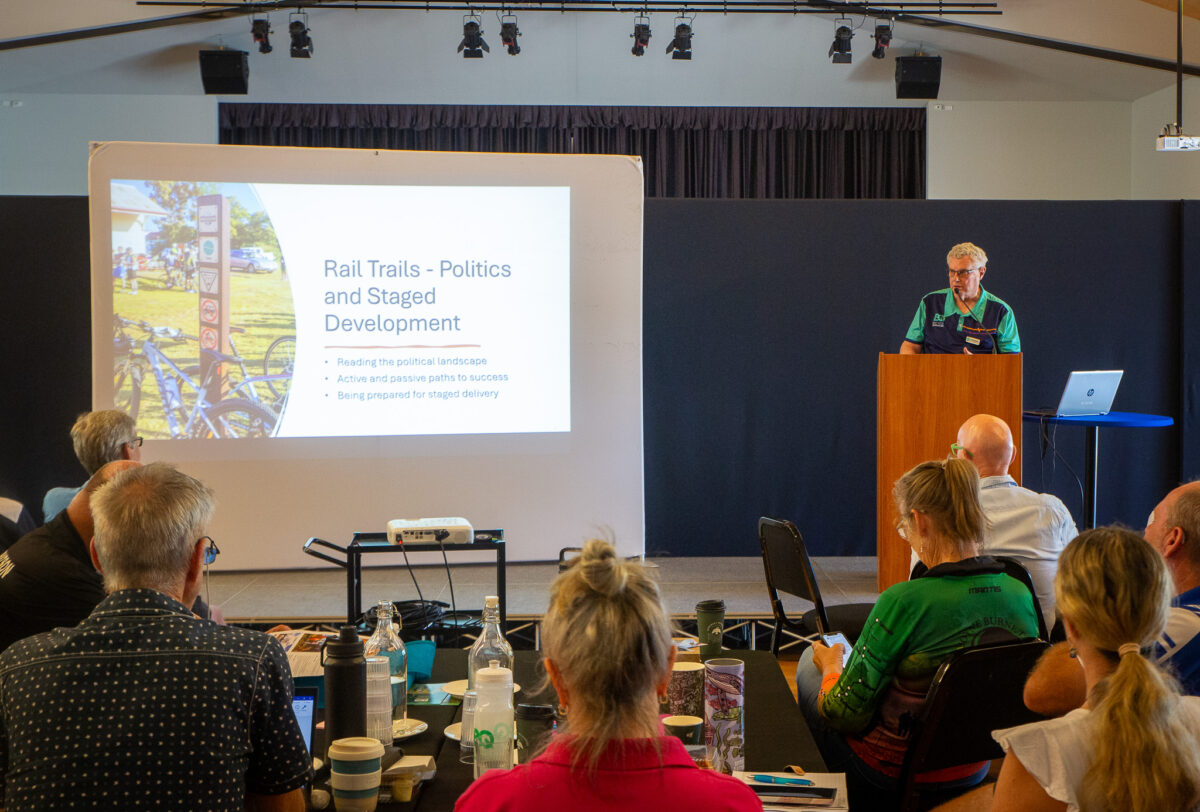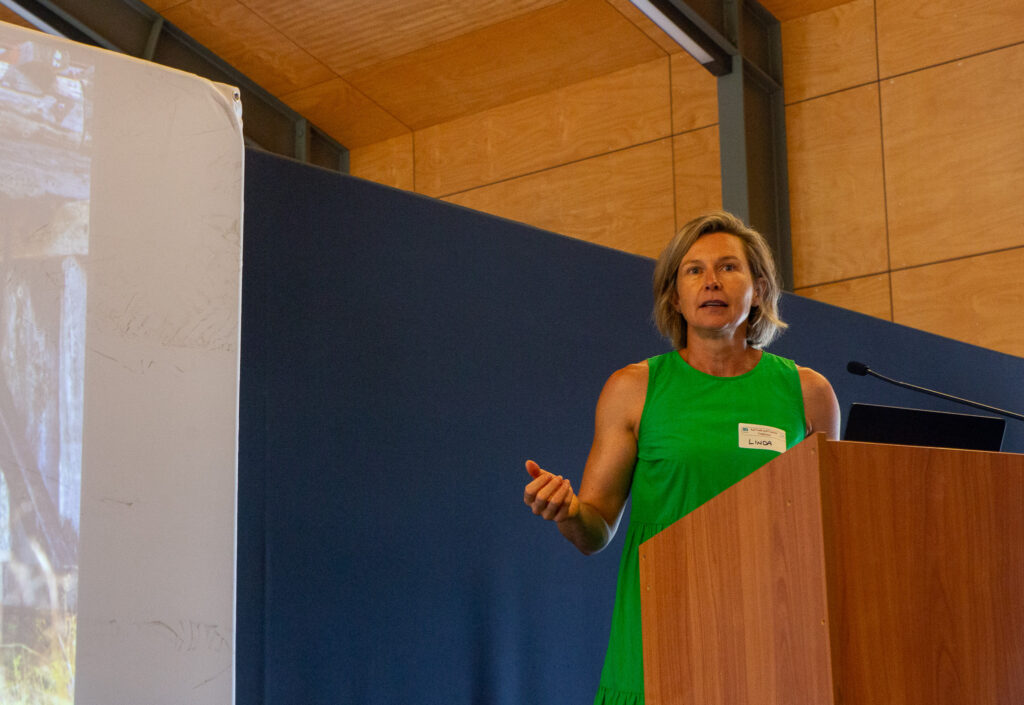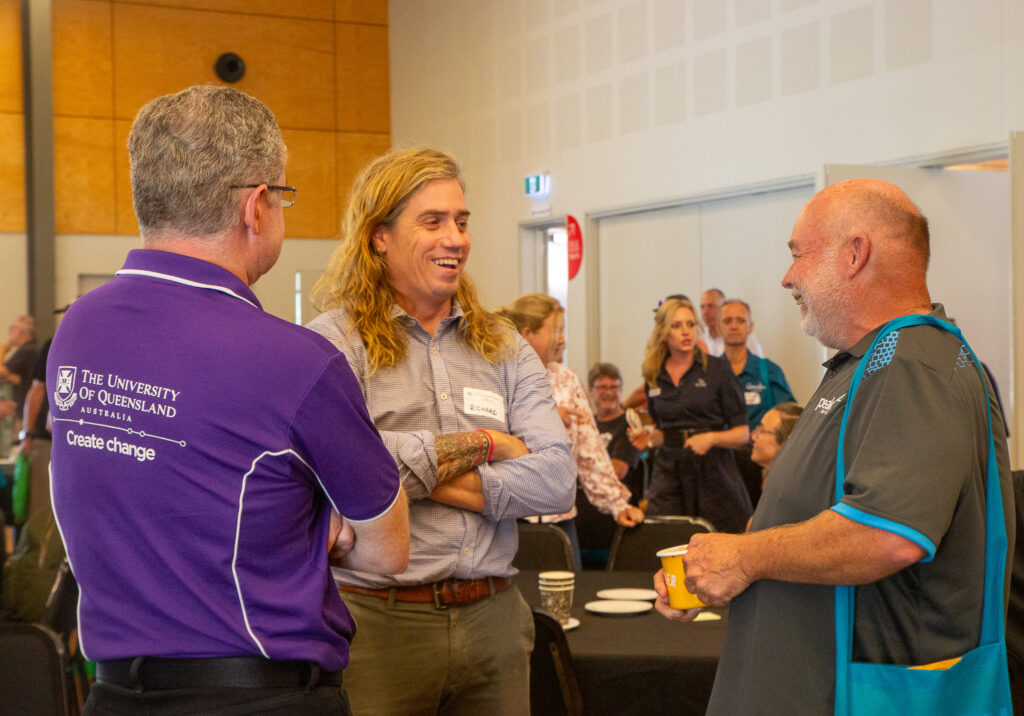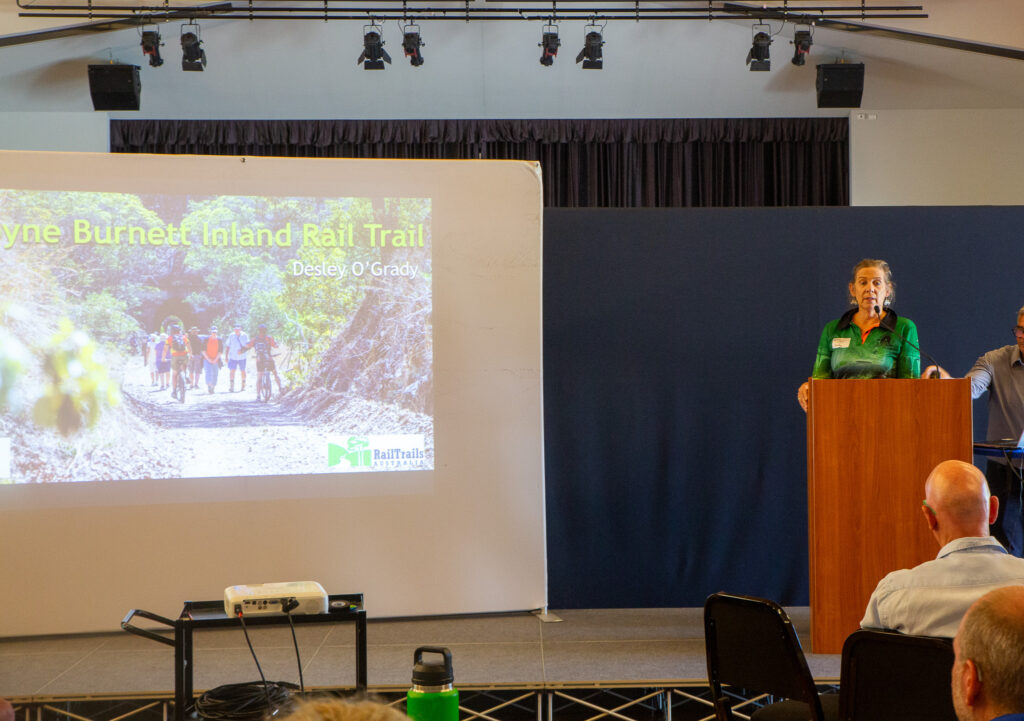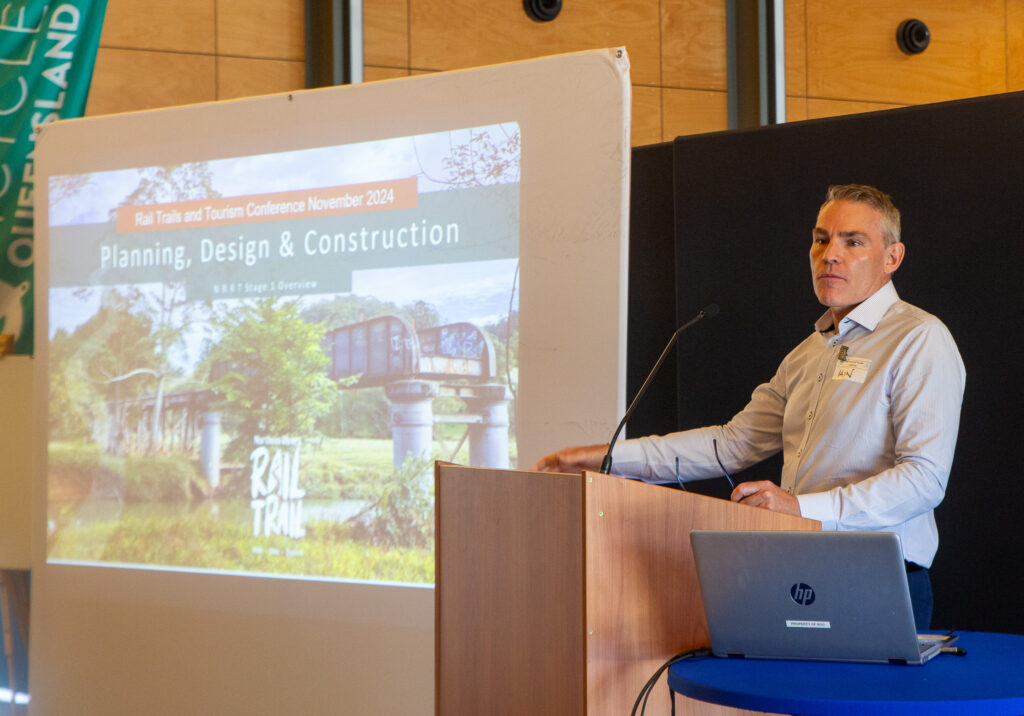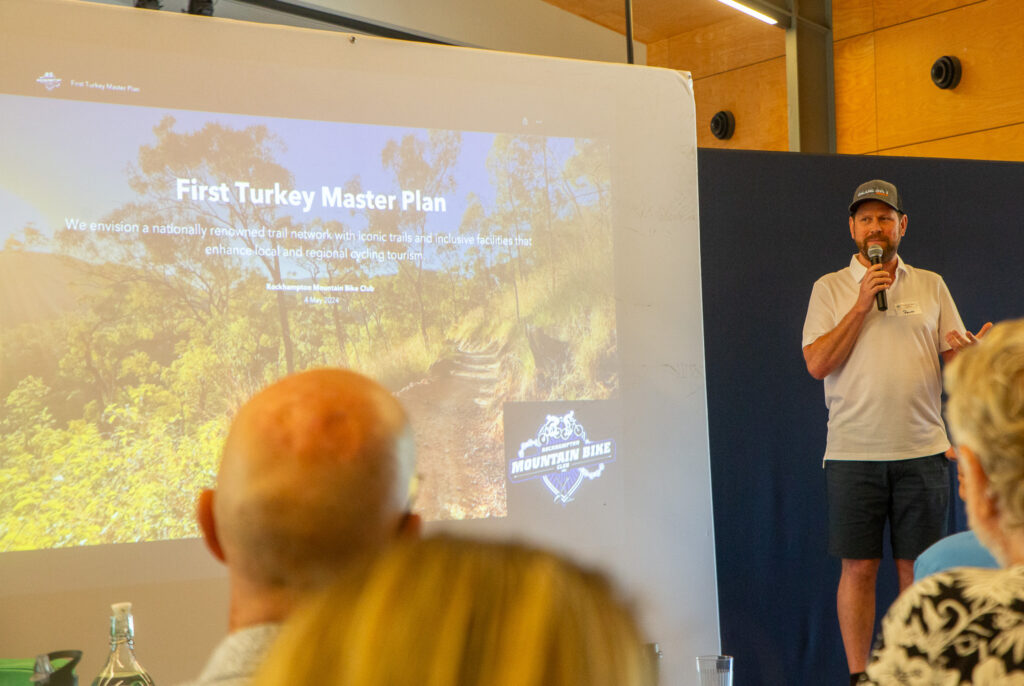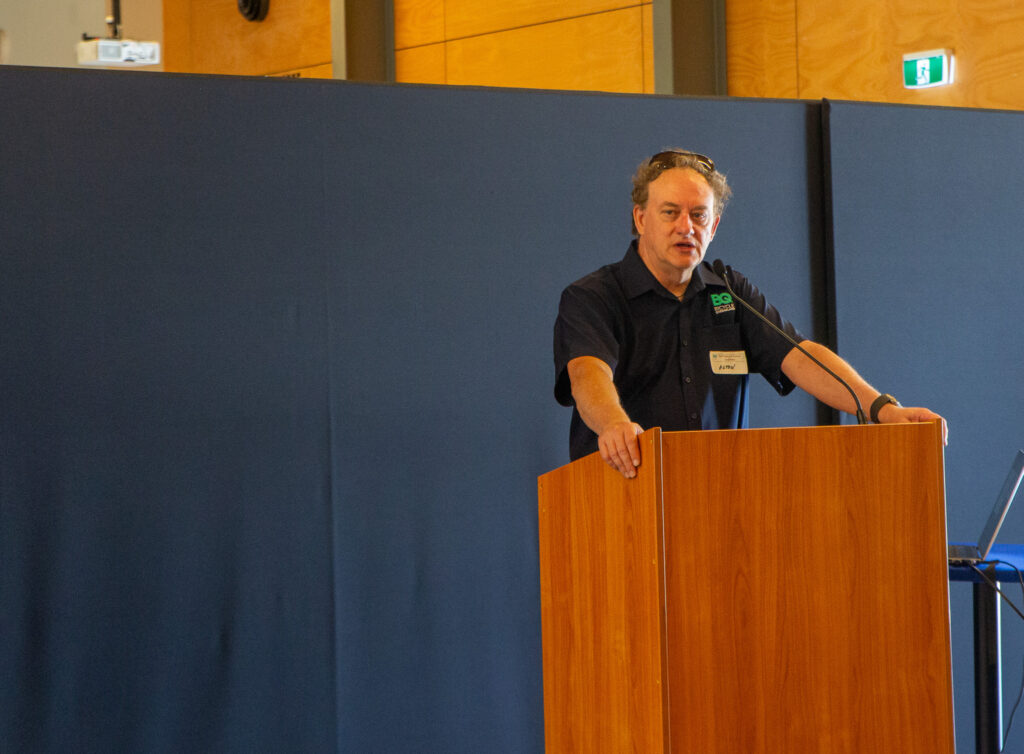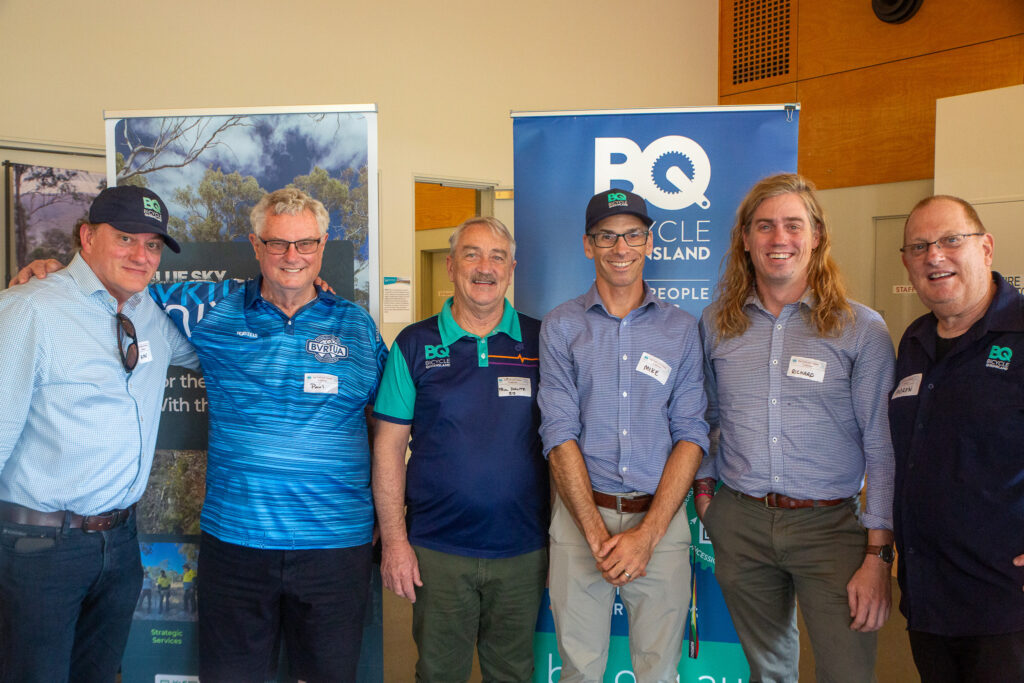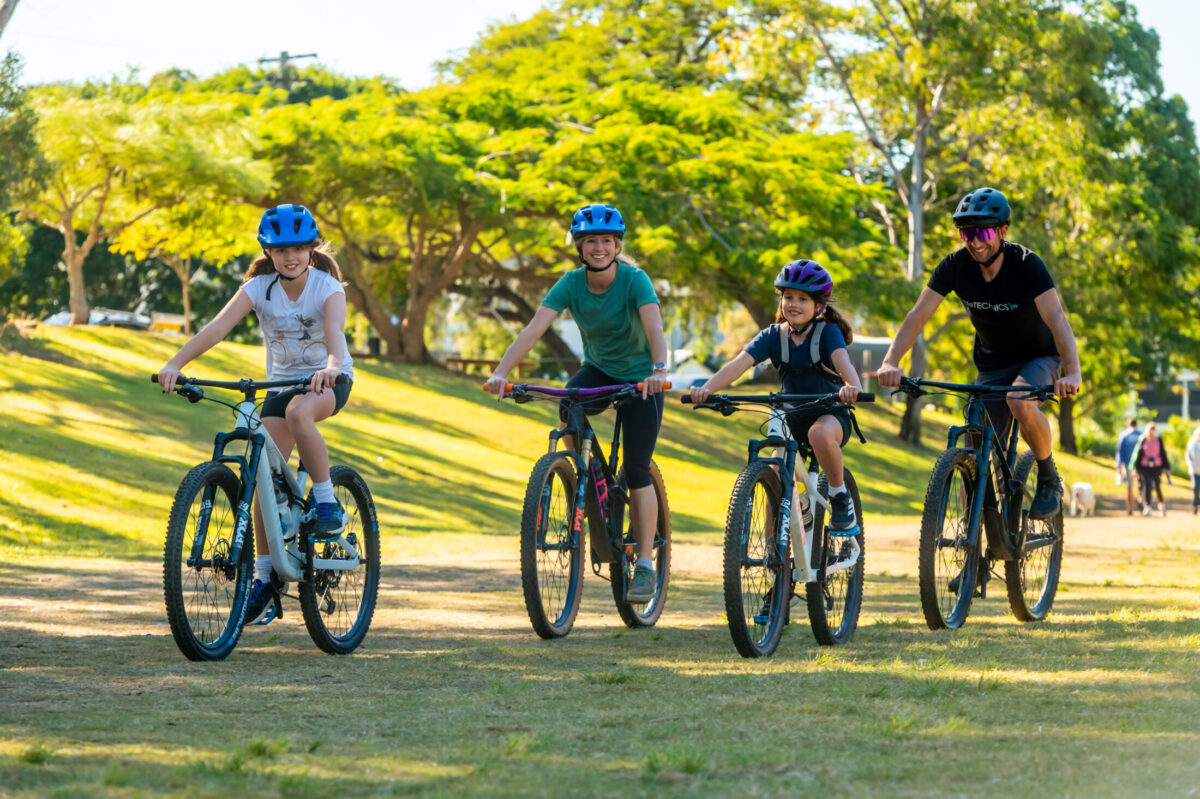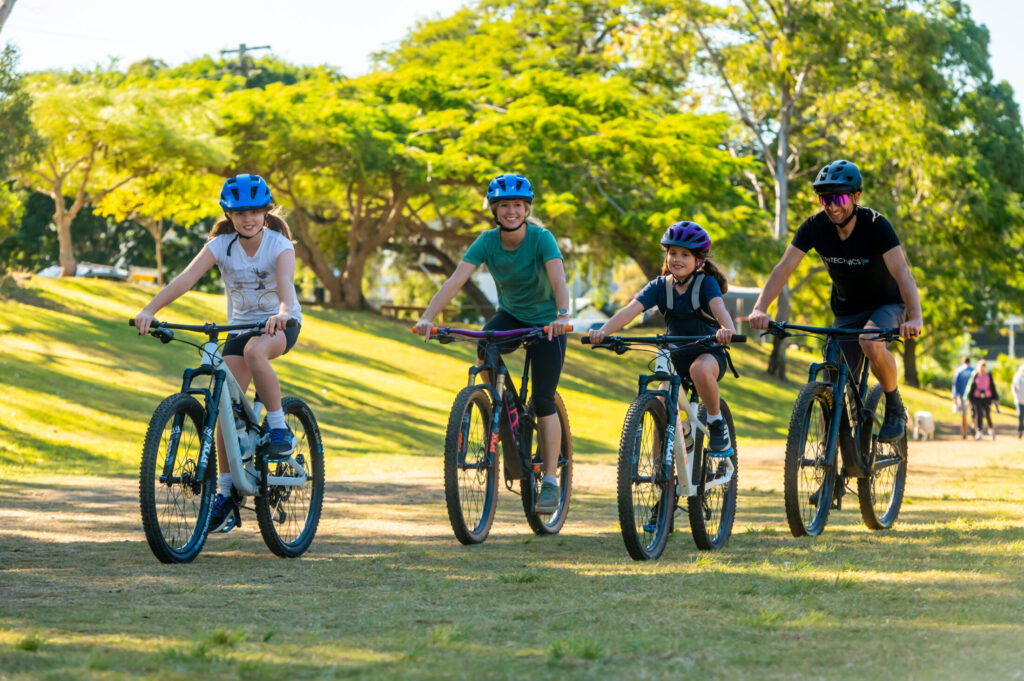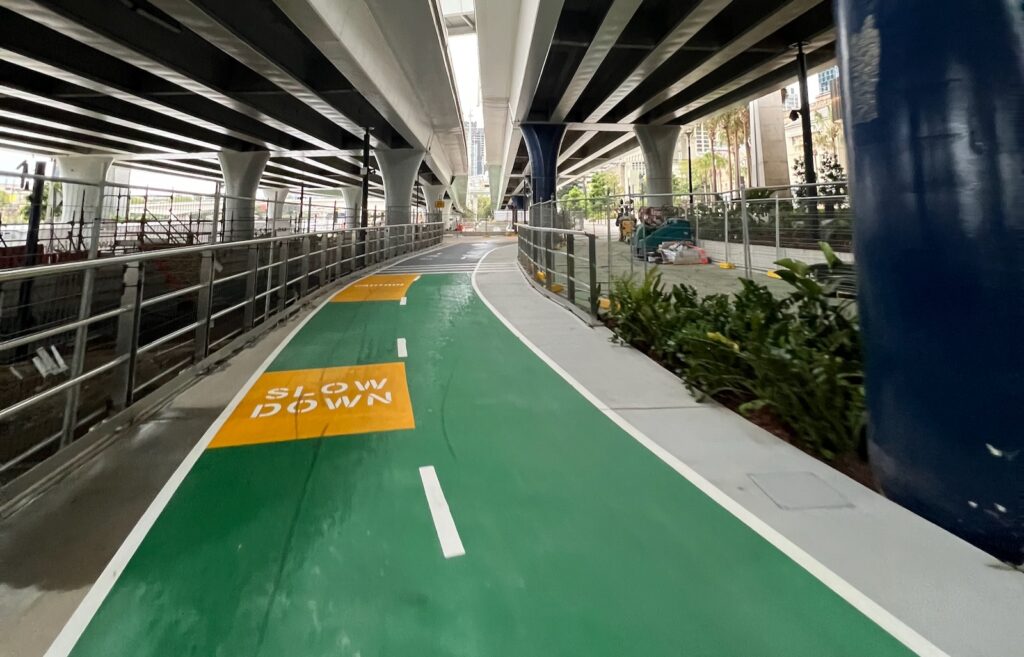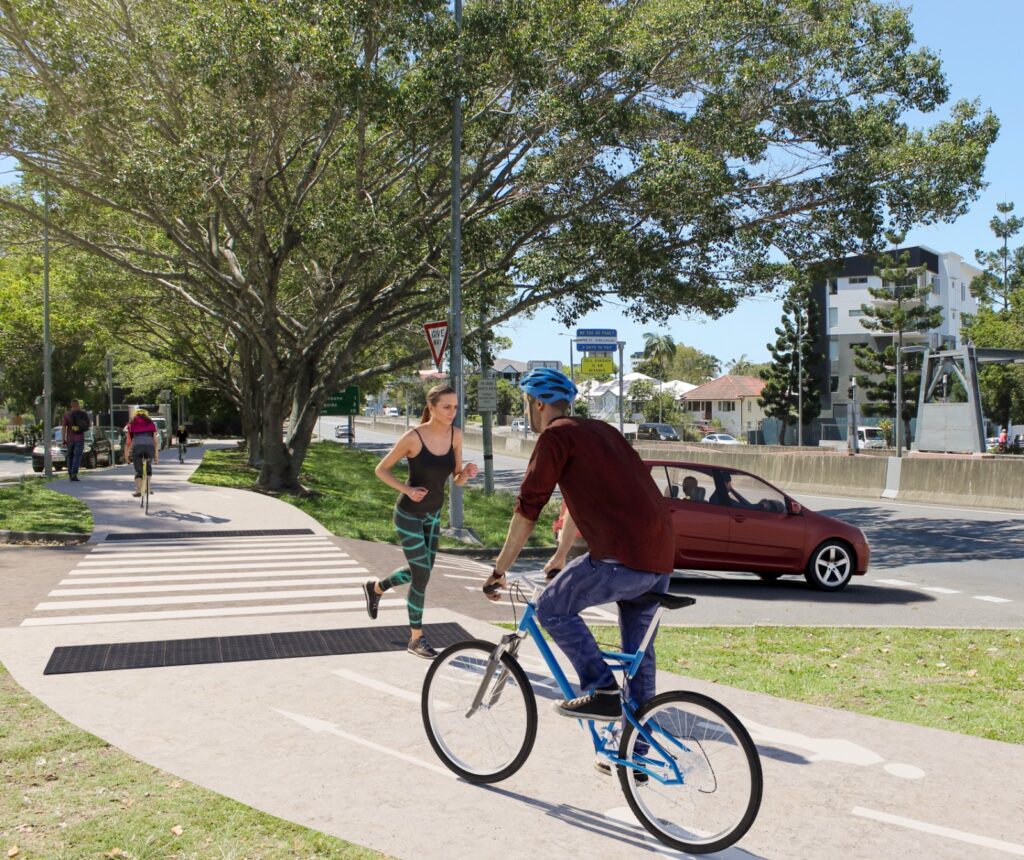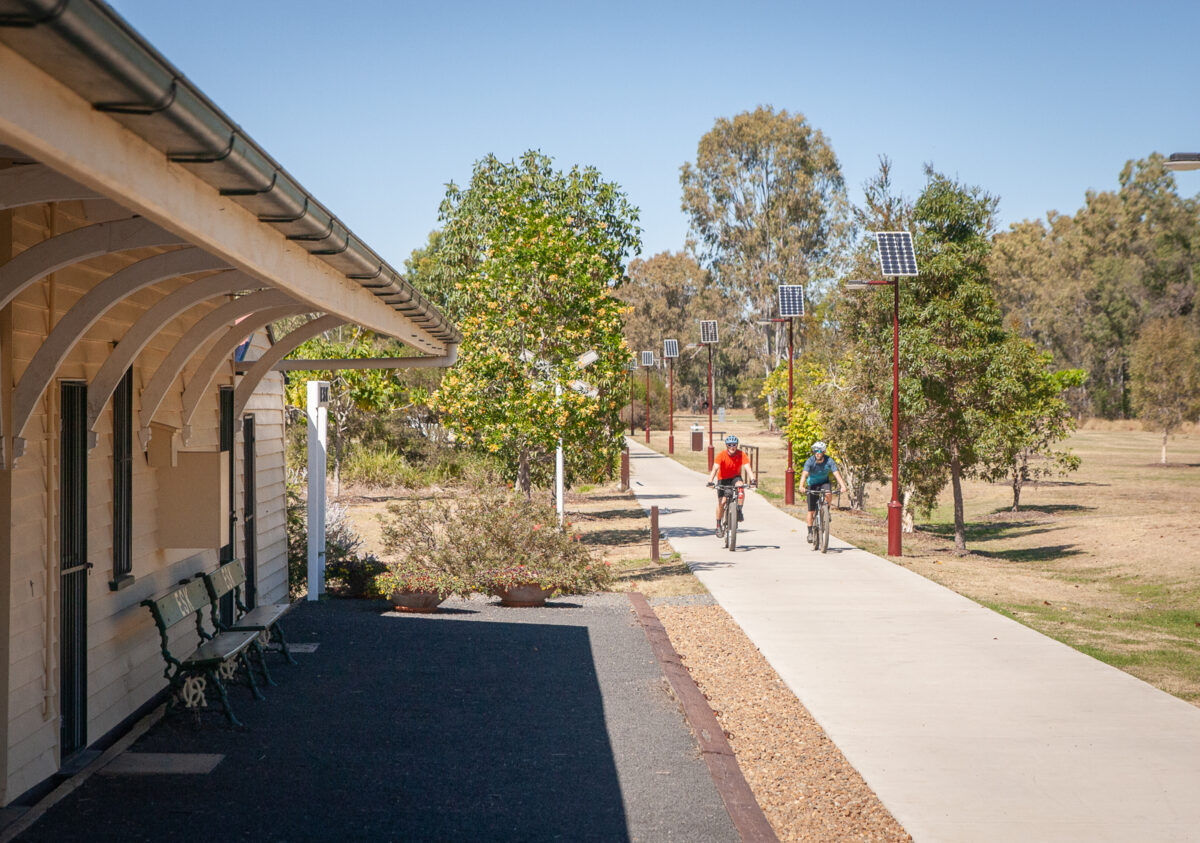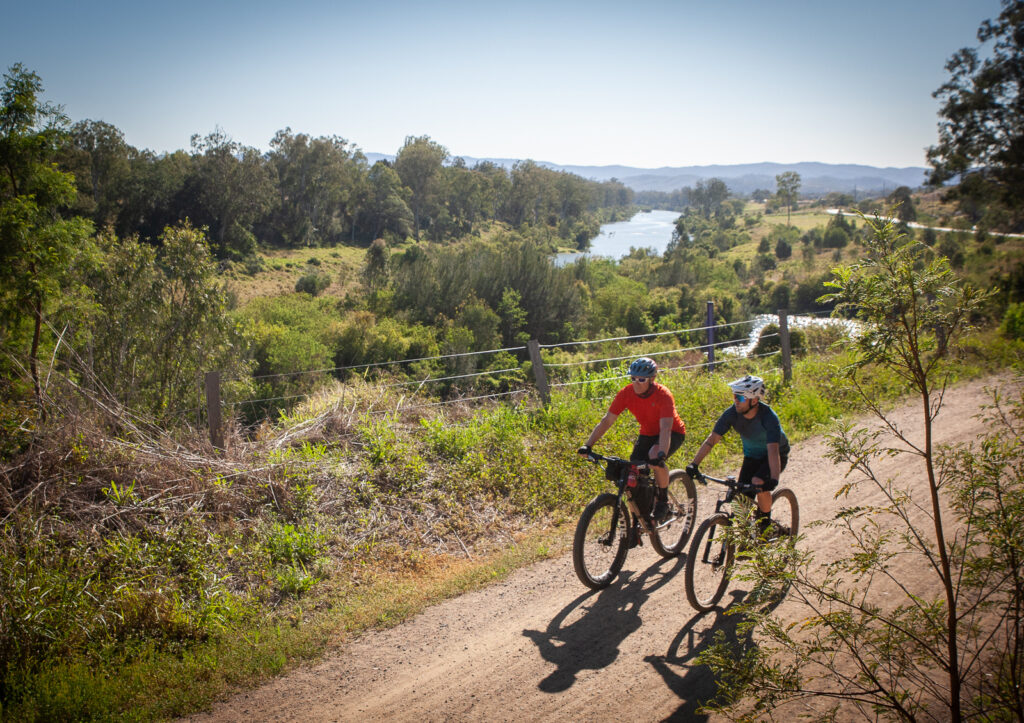Bicycle Queensland are set to host a thrilling line-up of riding events in 2025, catering to riders of all abilities, from families to seasoned riders alike. The 2025 calendar promises a diverse range of experiences, from scenic, leisurely rides to challenging gravel trails, all designed to foster a sense of community, adventure, and active lifestyles across Queensland.
Event Summary:
- Park Pedal & Scoot Family Events: February – June 2025, Minnippi Parklands
- Weekend in Wondai: April 25-27, 2025
- Her Ride Sunshine Coast: Starting May 25, 2025
- Y2W (Brisbane Valley Rail Trail): July 4-6, 2025
- Boyne Burnett Inland Rail Trail Weekend: October 3-6, 2025
Park Pedal & Scoot Family Events: February to June 2025
Kicking off the year, Bicycle Queensland presents a series of six Park Pedal and Scoot events at Minnippi Parklands, running from February 2 to June 29. These events are designed with families in mind, offering a fun and supportive environment for bike and scooter riders of all ages.
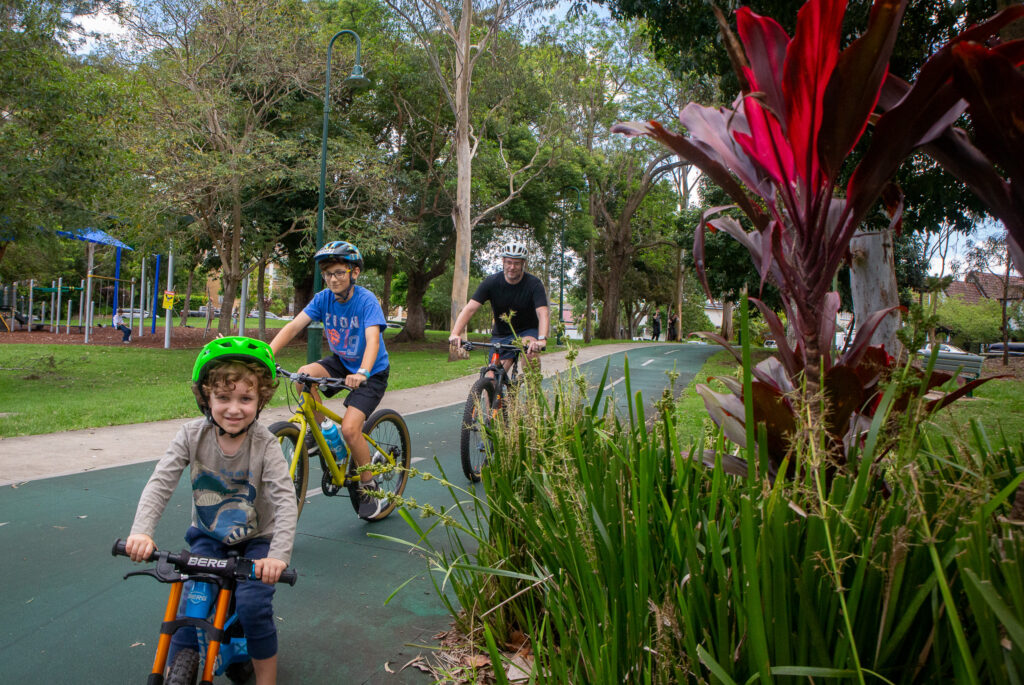
Whether you’re introducing your kids to riding or enjoying a leisurely ride through picturesque parklands, Park Pedal and Scoot events provide an opportunity for everyone to get on their bikes, socialise, and enjoy the outdoors. You can expect a range of activities and support, with a focus on creating lasting memories and promoting active lifestyles.
Weekend in Wondai: ANZAC Day Weekend
From April 25-27, 2025, the Weekend in Wondai promises to be an unforgettable 3-day riding experience. Set against the backdrop of the charming South Burnett region, this event celebrates both the spirit of ANZAC Day and the joys of bike riding. Combining family-friendly rides with more challenging routes for experienced riders, participants will explore scenic attractions, local history, and the natural beauty of the area on and around the South Burnett Rail Trail.
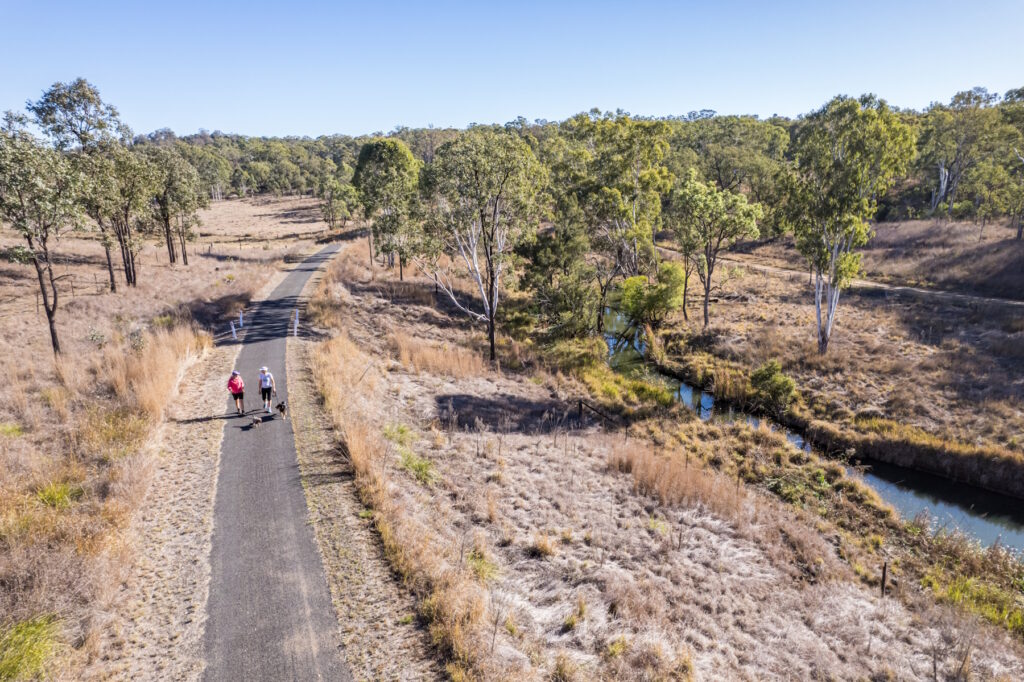
Event entry includes all catering, ride guides, camping, amenities and evening entertainment. The Weekend in Wondai will be an ideal getaway for riding enthusiasts of all levels, ready to ride the gravel roads and rail trails in the South Burnett region.
Her Ride Sunshine Coast: Empowering Women Cyclists
Starting on May 25, 2025, Her Ride Sunshine Coast will offer a series of nine sessions aimed at building cycling skills, safety, and social interactions for women who ride. The sessions are run on Wednesday and Sunday mornings.
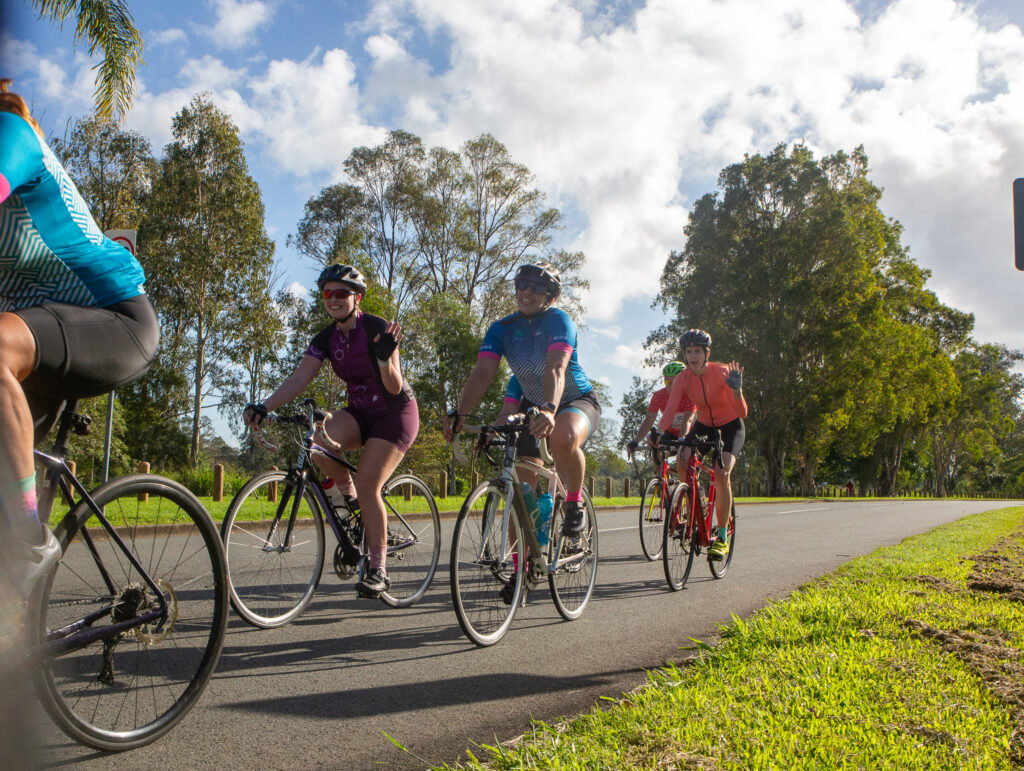
These sessions are designed to empower women cyclists by offering a supportive and inclusive environment where participants can improve their confidence, learn valuable skills, and connect with other women who share a passion for cycling. The program focuses on everything from bike handling to group riding techniques, with a strong emphasis on fun and camaraderie.
Y2W: The Brisbane Valley Rail Trail Adventure
From July 4-6, 2025, Y2W will take participants on a 3-day, point-to-point adventure along the Brisbane Valley Rail Trail. This fully catered and supported event offers a unique opportunity to explore one of Queensland’s most scenic gravel riding routes, starting in Yarraman and finishing in Wulkuraka.
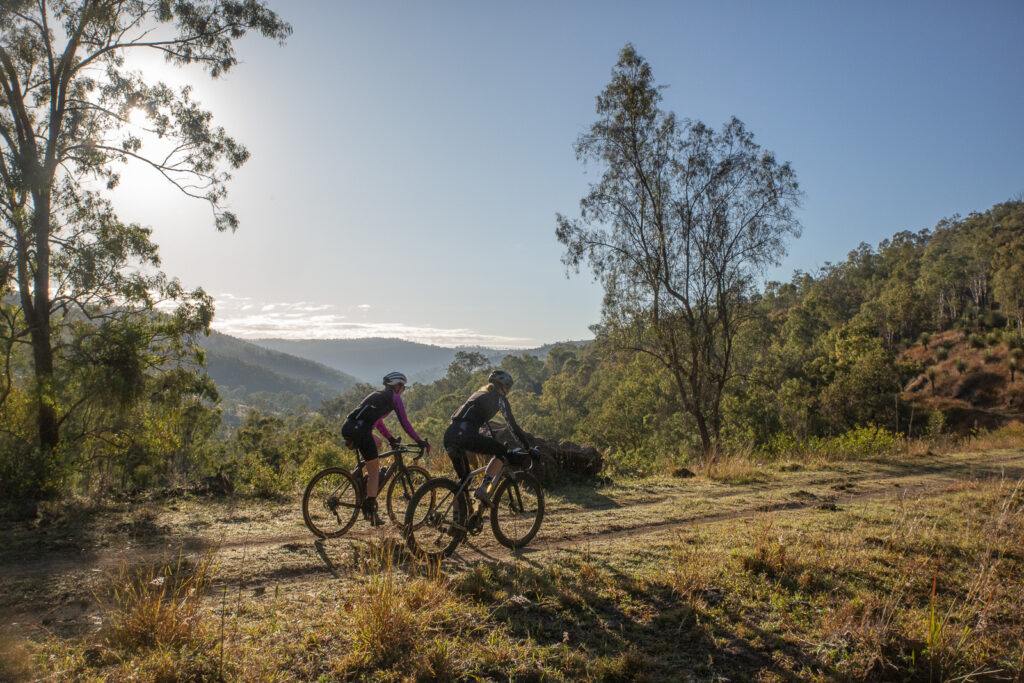
Riders will pass through charming towns, enjoy spectacular rural landscapes, and experience the thrill of long-distance gravel riding. Overnight stays in Linville and Esk will host evening entertainment, with equipped camp villages providing well-deserved rest after each day’s adventure. This event is a must for gravel enthusiasts and gravel-curious riders alike.
Boyne Burnett Inland Rail Trail Weekend: Mundubbera
The Boyne Burnett Inland Rail Trail Weekend is back in 2025, moving to Mundubbera for October 3-6, 2025. The event offers a 4-day riding experience along parts of the Boyne Burnett Inland Rail Trail and other surrounding areas. Participants will enjoy a mix of diverse rides, from relaxed routes to more challenging adventure trails, all set in the historically rich and visually stunning landscape of the region.
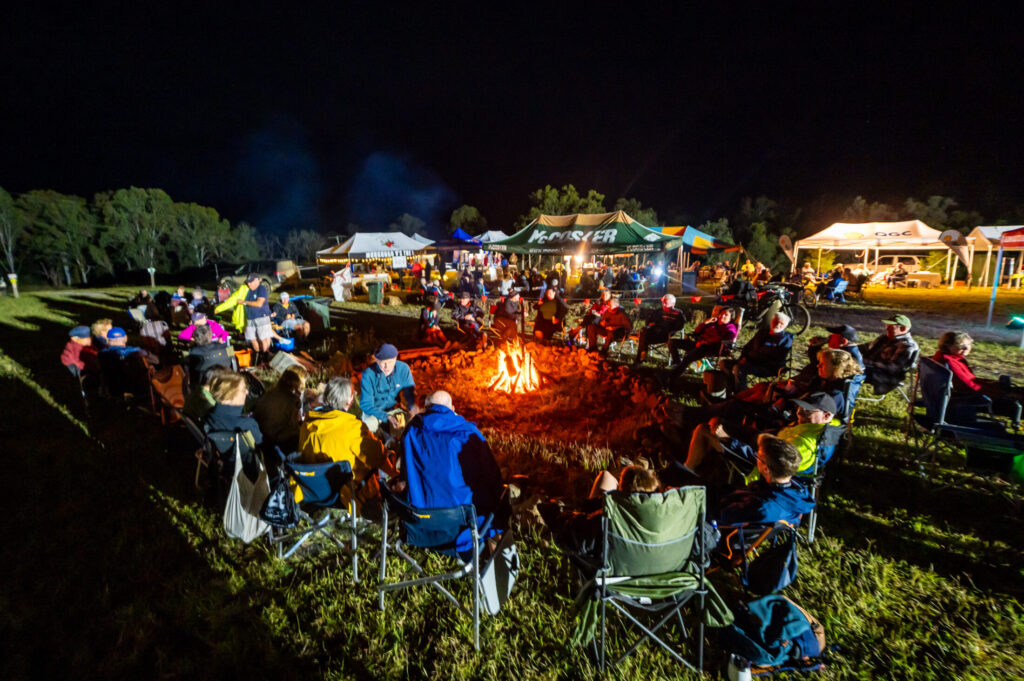
With plenty of opportunities to explore the local sights, history, and wildlife, this event promises to be a memorable ride for all involved. The diverse terrain, full-service campsites, evening entertainment and catering makes this an event that riders won’t want to miss.
A Year of Adventure, Community, and Cycling
With events that cater to families, women, and seasoned cyclists, Bicycle Queensland’s 2025 event calendar offers something for everyone.
‘Bicycle Queensland has a long history of delivering great value, fun events throughout Queensland, and I’m proud that we are delivering such an extensive calendar for 2025,’ said Alton Twine, CEO of Bicycle Queensland. ‘The Boyne Burnett Inland Rail Trail event in May 2024 was our first multi-day event in years, and the response was really positive. So while we’ll be going back to Central Queensland in 2025, we are also expanding our events to include more for young families and gravel riders alike.’
‘This event line up is an important step for Bicycle Queensland, and it is a precursor to bringing more great events to many regions of Queensland in the coming years.’
Whether you’re looking for a leisurely weekend getaway or an epic multi-day gravel ride, these events provide the perfect mix of adventure, community, and outdoor exploration. Get ready to saddle up and enjoy the best of Queensland cycling in 2025!
For more information and to register for events, head to our Event Registration page.
Park Pedal and Scoot, Weekend in Wondai, Her Ride and the Boyne Burnett Inland Rail Trail Weekend are all made possible thanks to support from the Queensland Government.
